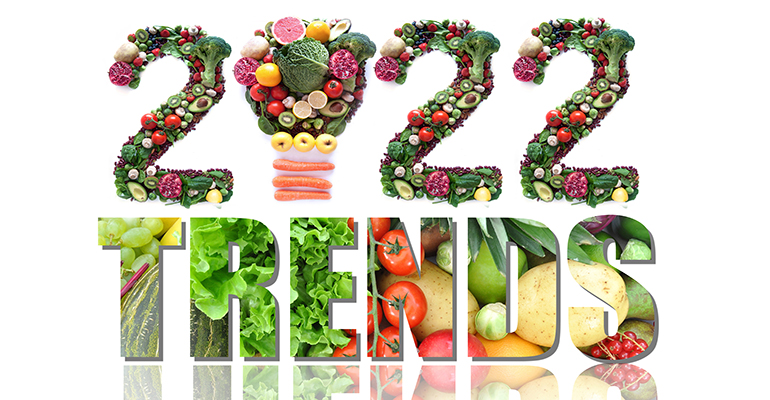News
SPINS: Food trends that will shape 2022 and beyond
3 May 2022Clean label options, health supplements and ready-to-drink (RTD) alcohol are major food trends for 2022 and beyond, according to the market research firm SPINS.
These product attributes, while not new, have continued to drive sales even as the lingering pandemic has led to a seismic shift in consumer behaviour.

In addition to what consumers are buying, how they are buying is also changing. “While in-store has over 70% of volume [of sales], almost two-thirds of the growth in this category is coming from online, SPINS CEO Tony Olson said in a statement.
Personalisation of ingredients to grow
While the clean label spotlight typically falls on better-for-you food and beverage products, this myopic application of the labelling credential has been widening. SPINS found that shoppers are applying the same attention to the nature of ingredients across an array of everyday products such as alcohol and vitamins. Artificial flavours and parabens were specifically called out as points of concern for consumers seeking clean label options.
While understanding the provenance of ingredients is nothing new, the specificity with which consumers are seeking out well-being support through better-for-you, clean label ingredients is increasing. SPINS stated that it expects 2022 will see accelerated investments in innovation to drive consumer adoption of products that fulfill their increasingly segmented needs. Advanced analytics has allowed for the personalisation of ingredients to take hold and drive the rise of health and wellness trends such as improved immunity, metabolisms and mental states.
Cognitive health, sleep aids & adaptogens
In addition to the food itself, supplements and vitamins have been and will remain a growing category. As consumers searched for methods to support cognitive health, aid sleep and boost their performance during lockdowns, many turned to supplements as an answer. Supplement and vitamin sales on Amazon reflect the recent interest in the space with SPINS showing that sales on the e-commerce platform grew 43% year-over-year between 2019 and 2021.
Within the world of supplements, adaptogens and nervines stood out as growing trends, with ashwagandha grabbing particular attention and experiencing explosive 100% year-over-year growth.
Labels that said “contains super mushrooms” saw sales grow 20.7% in the 12 weeks ending October 31, 2021. Similarly, the label “contains superfoods” experienced 132.1% sales growth during the same time period. Supplements advertising “mood support health focus” also saw significant growth, increasing 51.8% during the 12-week period.
Free-from claims were also important in this category with sales growth posted for labels adhering to this trend.
From hard kombucha to alcohol-free beer
As a category, alcohol has been struggling over the last several years due to changing consumer preferences. In 2021, SPINS found that growth in the $43 billion category was down 2%. Spirits were the only subcategory to demonstrate growth. Sales of spirits were up 0.5% during the year period ending October 31. The majority of that growth came from ready-to-drink (RTD) options which were up 143% over the past two years.
Seltzer has been a prominent presence in the RTD category for several years, but as companies, including Coca-Cola with its Topo Chico Hard Seltzer and Bang Energy which has a spiked seltzer option, pile into the space, the ability for brands to grow exponentially is fizzing out. Sales are slowing to 12.3% over the year, according to SPINS. This is a far cry from the 574% category growth that malt cocktails drove between 2018 and 2019.
Hard kombucha outpaced the seltzer sales last year with 47.7% growth. Nevertheless, the crowded seltzer market still benefits from instant consumer recognition, according to SPINS.
In addition to hard seltzer, non-alcoholic beer has been a consumer focus recently. The segment grew 28.9% year-over-year with craft brands posting a whopping 519% growth.
